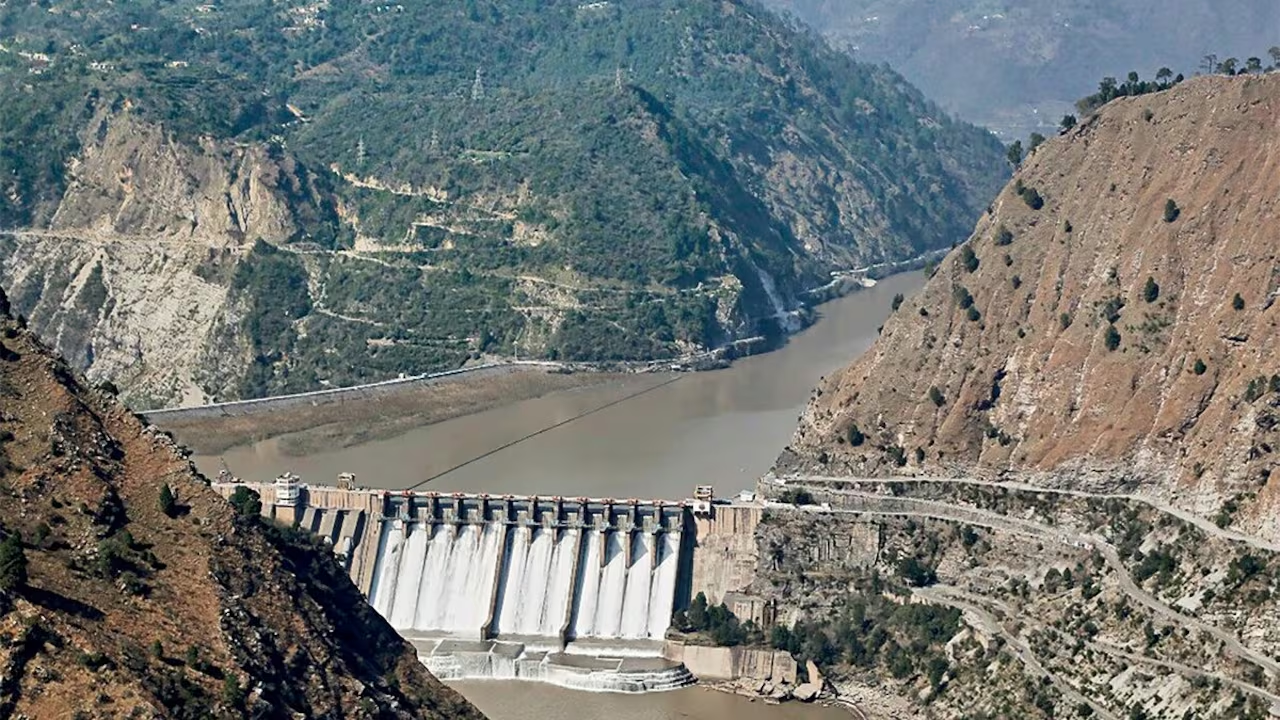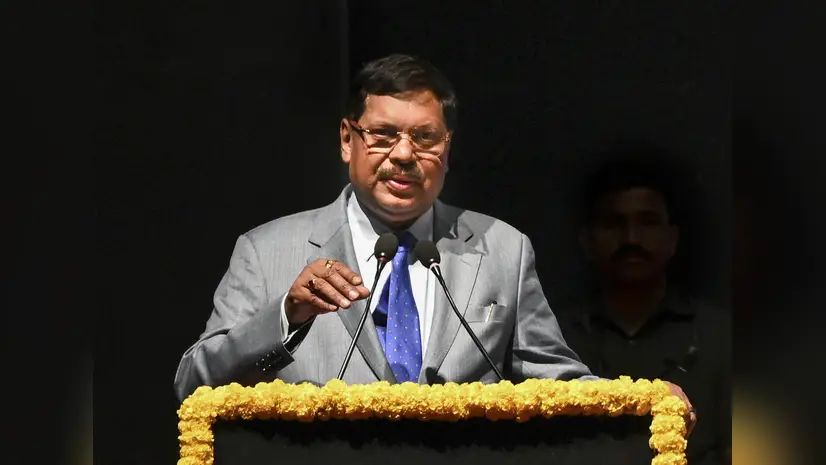- Courses
- GS Full Course 1 Year
- GS Full Course 2 Year
- GS Full Course 3 Year
- GS Full Course Till Selection
- Answer Alpha: Mains 2025 Mentorship
- MEP (Mains Enrichment Programme) Data, Facts
- Essay Target – 150+ Marks
- Online Program
- GS Recorded Course
- Polity
- Geography
- Economy
- Ancient, Medieval and Art & Culture AMAC
- Modern India, Post Independence & World History
- Environment
- Governance
- Science & Technology
- International Relations and Internal Security
- Disaster Management
- Ethics
- NCERT Current Affairs
- Indian Society and Social Issue
- NCERT- Science and Technology
- NCERT - Geography
- NCERT - Ancient History
- NCERT- World History
- NCERT Modern History
- CSAT
- 5 LAYERED ARJUNA Mentorship
- Public Administration Optional
- ABOUT US
- OUR TOPPERS
- TEST SERIES
- FREE STUDY MATERIAL
- VIDEOS
- CONTACT US
India’s Road Safety Crisis and Road Accidents 2023
India’s Road Safety Crisis and Road Accidents 2023
Road Accident Statistics in 2023
- Fatalities: India continued to experience the highest number of road accident fatalities globally in 2023.
- Over 1.72 lakh people lost their lives in road crashes.
- Total Accidents: There were more than 4.80 lakh accidents across the country in 2023, marking an increase of 4.2% from the previous year (2022), which had 4.61 lakh accidents.
- Fatalities Increase: The fatality rate increased by 2.6% compared to 2022, when over 1.68 lakh fatalities occurred.
(Note: The Ministry of Road Transport & Highways has not yet officially released the 2023 report on Road Crashes in India.)
Key Points from Union Minister Nitin Gadkari's Address
Nitin Gadkari, the Union Minister of Road Transport & Highways, highlighted several concerning aspects of road safety in India during a recent event on road safety in Lucknow:
- Minors Involved in Fatal Accidents: Approximately 10,000 minors died in road accidents in 2023.
- School Zones: There were 35,000 accidents and 10,000 deaths reported in areas near schools and colleges.
- Pedestrian Deaths: 35,000 pedestrian fatalities were recorded.
- Helmet & Seat Belt Issues:
- 54,000 deaths occurred due to individuals not wearing helmets.
- 16,000 deaths were linked to individuals not wearing seat belts.
- Overloaded Vehicles: Around 12,000 fatalities were due to accidents caused by overloaded vehicles.
- Driving Without Valid License: 34,000 accidents were due to people driving without a valid license.
- Old Vehicles & Technology: Fatalities also resulted from the use of old vehicles with outdated technology, which hindered essential safety features like braking.
State-Level Insights: Uttar Pradesh's Road Safety Situation
- Uttar Pradesh (UP) was identified as the state with the highest number of road fatalities:
- 44,000 accidents occurred in UP, resulting in 23,650 deaths.
- Among these, 1,800 deaths were minors (under 18 years of age).
- 10,000 deaths were of pedestrians and two-wheeler users.
- 8,726 fatalities were due to overspeeding.
Key Reasons for Road Accidents:
Minister emphasized that road accidents in India are often caused by human error, a lack of adherence to traffic laws, and infrastructure deficiencies:
- Human Behavior: The most significant cause of road accidents, according to Gadkari, is human behavior, including recklessness and disregard for the law.
- Road Engineering Issues: Potholes, lack of underpasses, and inadequate foot-over bridges contribute to road safety problems. The National Highways Authority of India (NHAI) is addressing black spots (accident-prone areas) by spending around Rs 40,000 crore to improve road safety features on National Highways.
- State Roads and Governance: Although Gadkari is responsible for National Highways, the state governments manage state highways and district roads, which also require attention in addressing road safety concerns.
Initiatives to Improve Road Safety:
|
The Ministry of Road Transport & Highways (MoRTH) has been implementing various schemes and initiatives to address the growing issue of road safety in India. key initiatives across Education, Engineering, Vehicle Engineering, Enforcement, and Emergency Care. 1. Education InitiativesTo raise awareness and improve road safety knowledge, the Ministry has undertaken several educational initiatives:
2. Engineering InitiativesTo improve road infrastructure and reduce accidents, the Ministry has focused on engineering and road safety audits:
3. Vehicle Engineering InitiativesThe Ministry has introduced various measures to improve vehicle safety and reduce accidents:
4. Enforcement Initiatives Strict penalties and technological interventions are being implemented to enforce road safety rules:
5. Emergency Care Initiatives The Ministry has focused on improving emergency medical response and assistance for road accident victims:
|
Key Data and Analysis
- Road Crash Severity: The severity rate (fatalities per 100 accidents) showed a slight improvement, decreasing from 36.5 in 2022 to 36 in 2023. However, this remains alarmingly high.
- Overspeeding: The main cause of accidents remains overspeeding, responsible for 68.1% of the deaths in 2023.
- Vulnerable Road Users:
- Two-Wheeler Users: Accounted for 44.8% of road crash fatalities.
- Pedestrians: Contributed to 20% of the total fatalities.
Daily and Hourly Road Accident Statistics for 2023
- Daily Average: On average, India saw 1,317 road crashes and 474 fatalities every day.
- Hourly Average: This equates to approximately 55 accidents and 20 deaths every hour.
Conclusion
The rising number of road accidents and fatalities in India is a grave concern, highlighting the need for more effective enforcement of road safety laws, improved infrastructure, and better public awareness. While efforts are being made, especially regarding road engineering and automobile safety, a significant shift in human behavior and adherence to traffic regulations is necessary to reduce these devastating statistics.




